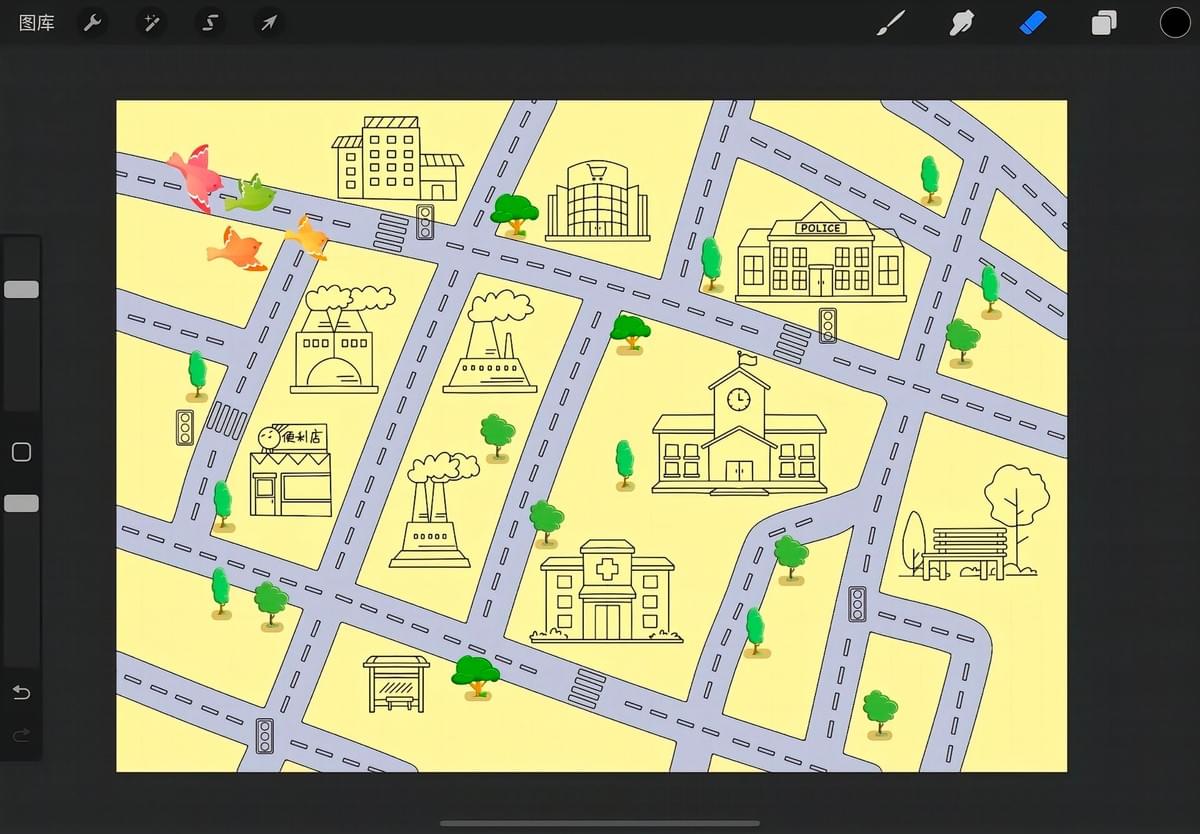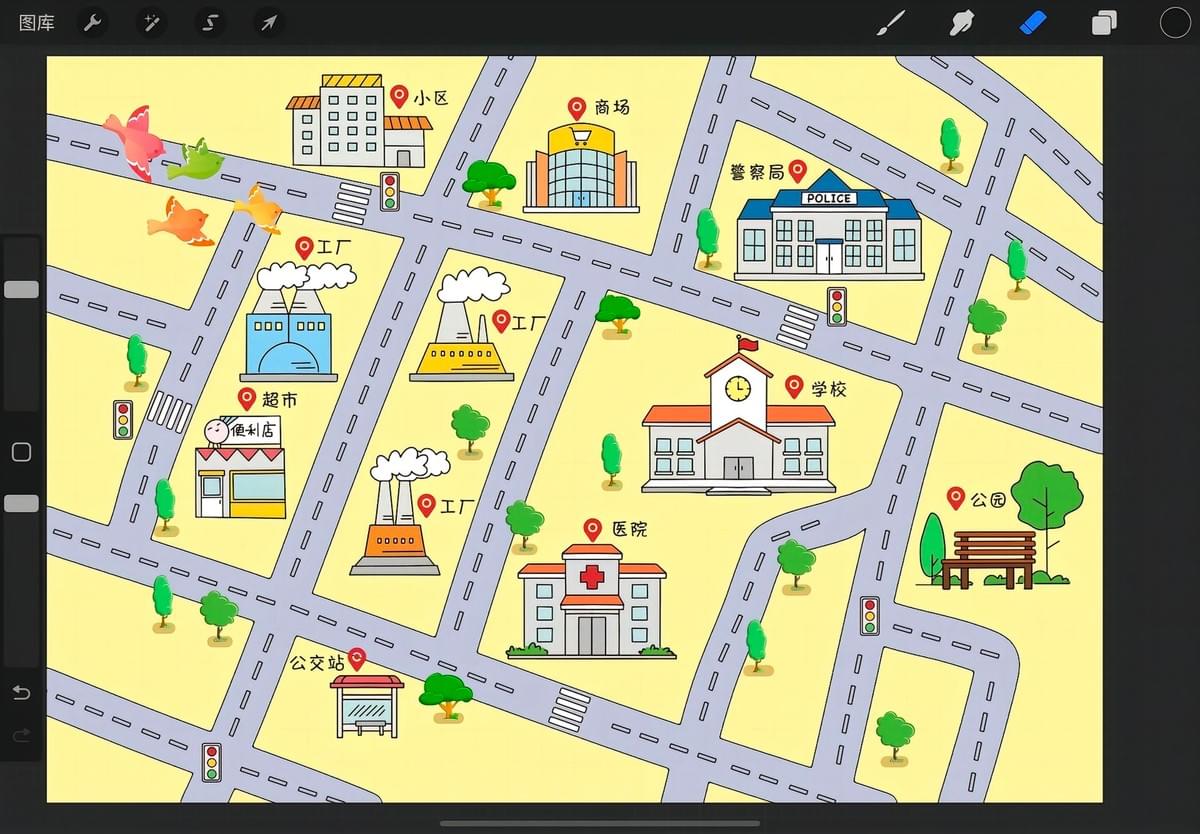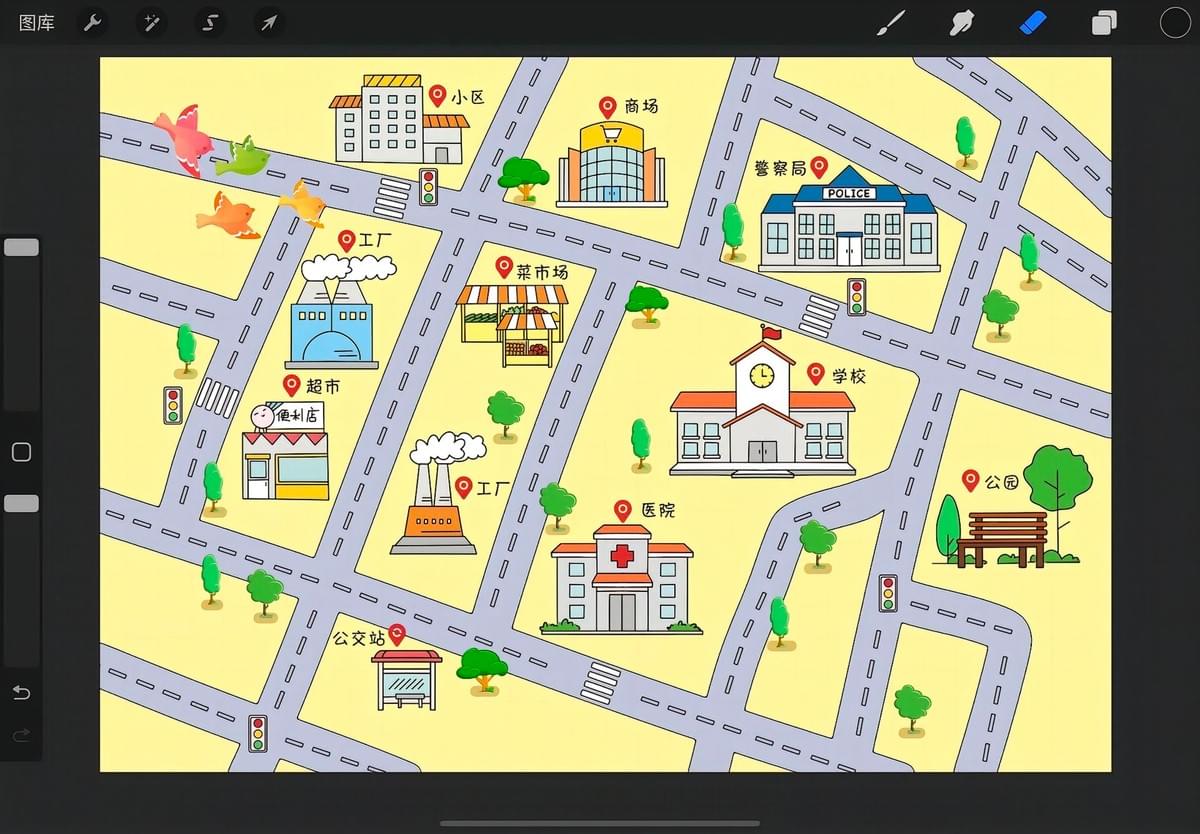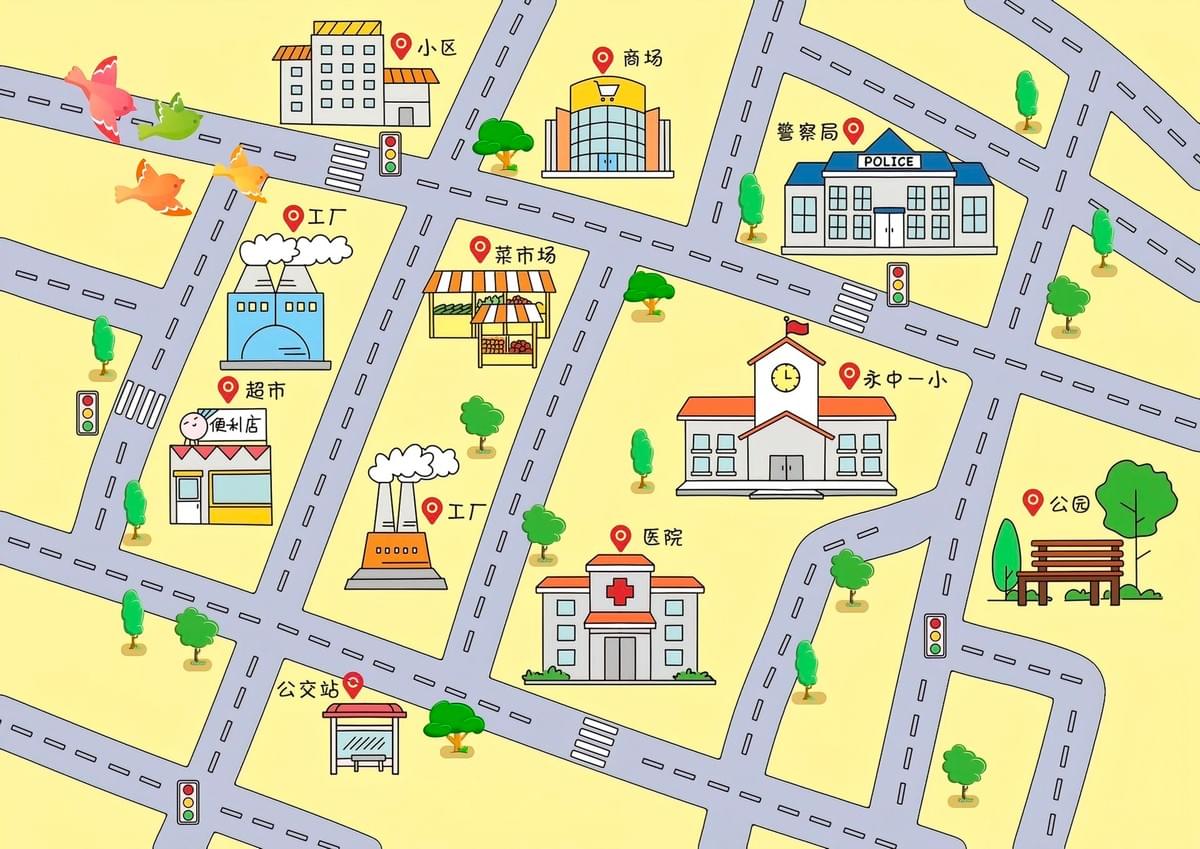Introduction
In an age of digital navigation and satellite imagery, there's something uniquely charming and personal about hand-drawn maps. Creating your own map of community streets isn't just a creative exercise—it's a way to highlight what truly matters in your neighborhood, showcase local character, and provide clients with an authentic sense of place that no GPS can replicate. Whether you're a real estate agent helping newcomers orient themselves, a local business creating neighborhood guides, or a community organizer fostering connection, a thoughtfully crafted hand-drawn map can become a treasured resource. This guide will walk you through the process of creating a beautiful, functional representation of your community's streets and landmarks.
Planning Your Community Map
Before putting pen to paper, take time to consider your map's purpose and audience. Are you creating this for visitors, new residents, or long-time community members? This will help determine which elements deserve prominence.
Start by exploring your area with fresh eyes. Take a walk through your community and note which landmarks stand out. Consider taking photographs as reference material. You might even sketch rough drafts on-site to capture the spatial relationships between buildings and streets accurately.
Remember that your map doesn't need to be perfectly to scale—in fact, the slight distortions and emphasis on important areas is part of what makes hand-drawn maps special and useful.
Essential Elements to Include
A well-designed community map balances comprehensiveness with clarity. Based on your community's specific features, consider including these key elements:
Infrastructure and Transportation
- Main roads and secondary streets
- Bus stations and public transit stops
- Parking areas
- Bike paths
Community Services
- Hospital and healthcare facilities
- Police station
- Fire departments
- Government buildings
- Post office
Education and Recreation
- Schools (like Yongzhong First)
- Parks and green spaces
- Playgrounds
- Community centers
- Libraries
Commercial Areas
- Shopping malls
- Local markets (such as Lai Market)
- Supermarkets
- Convenience stores
- Restaurant districts
- Factory areas
Residential Information
- Neighborhood names
- Apartment complexes
- Historical housing areas
- Community landmarks
Each community is unique, so customize this list according to what makes your area special. The goal is to create a resource that highlights the places that matter most to residents and visitors.
Drawing Techniques and Tips
You don't need to be an artist to create a charming, useful community map. These practical tips will help you create a clear and attractive representation:
- Start with structure: Begin by sketching the main roads as your framework. These will form the backbone of your map and help establish proper spacing.
- Use hierarchy: Draw main roads with thicker lines than secondary streets. This visual hierarchy helps viewers navigate the map intuitively.
- Develop simple icons: Create consistent, simple symbols for different types of locations. For example, a small cross for medical facilities or a tree for parks.
- Add clear labels: Write place names neatly, keeping text horizontal where possible for easy reading. Consider using different text sizes to indicate importance.
- Include navigation aids: Add a compass rose or north arrow to help viewers orient themselves. This simple addition makes your map much more functional.
- Create a legend: Include a small key explaining any special symbols or color coding you've used.
- Use color thoughtfully: If adding color, be intentional. Color-code different types of areas (commercial in one color, residential in another) or use color to highlight special features.
- Balance detail: Include enough information to be useful without overcrowding your map. When in doubt, prioritize clarity over comprehensiveness.
Adding Personal Touches
The charm of hand-drawn maps lies in their personality. Here are ways to make your map uniquely engaging:
- Decorative borders: Frame your map with a simple decorative edge
- Illustrated vignettes: Add small illustrations of notable landmarks or buildings
- Local stories: Include brief notes about historical events or community traditions
- Personal recommendations: Mark favorite local spots with special symbols
- Seasonal variations: Consider creating different versions highlighting seasonal attractions
These personal elements transform your map from a mere navigational tool into a story about your community and what makes it special.
Finalizing Your Map for Clients
When preparing your hand-drawn map for distribution:
- Scan or photograph your completed map in good lighting for digital sharing
- Consider reproduction quality if you'll be printing multiple copies
- Add contact information if the map is for business purposes
- Include creation date to help track when information might need updating
- Gather feedback from locals to ensure accuracy and identify missing elements
Conclusion
A hand-drawn community map is more than just a navigational tool—it's a celebration of place, a practical resource, and an artistic expression all in one. By highlighting what makes your neighborhood unique, you create something that GPS and digital maps can never replicate: a personal, curated view that tells the story of your community through your eyes.
The process of creating such a map deepens your own connection to your surroundings while producing something of genuine value for neighbors, visitors, and clients alike. So gather your supplies, take a fresh look at familiar streets, and start translating your community's essence onto paper. Your hand-drawn map might just become a treasured local resource that helps others discover the character and convenience of the place you call home.
Happy mapping!



